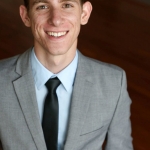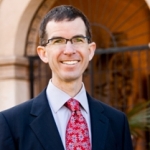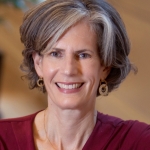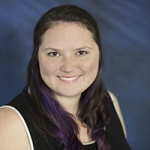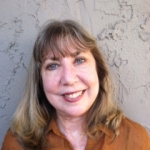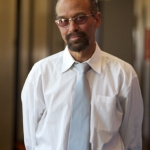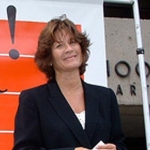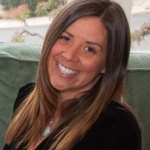
Cat Corral
Navigating Big Transitions with a Creative Practice
Posted by May 20, 2016

Cat Corral
Life is about change. In less than 3 months, the youth arts organization I co-founded ten years ago will be merging into a larger organization, and my role will change dramatically. As much as this has been a thoughtful and deep process of exploring, analyzing, and talking through all the parts of this merger, there are moments when I get nervous and rely on my creative practice to help me stay grounded. At this point in my career as an arts leader, I am certain that the tools I use as an artist are critical for any leadership role.
Read More



